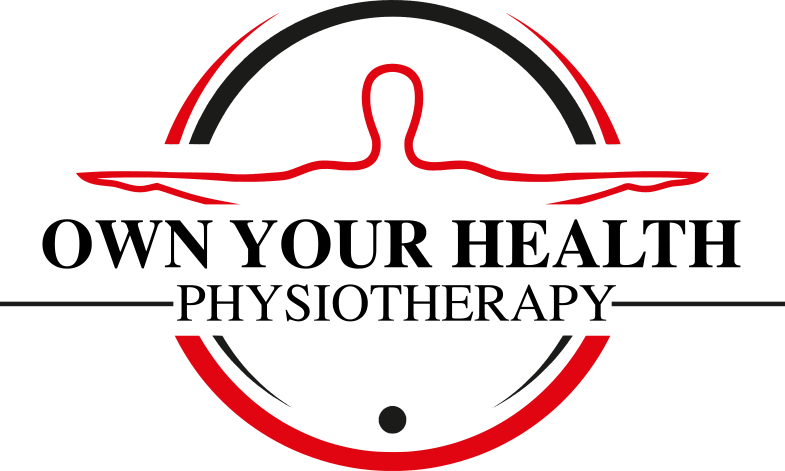Blueprint Part 1: Preface
For a skilled clinician, healthcare is both a science and an art. This series is intended to help you understand some of the science and methodology behind Dotson Physiotherapy’s current approach to helping people like you overcome their pain and movement problems - even when other healthcare providers have tried and failed.
Yes - I expect our approach to evolve as our skillset continues to improve… day, after day, after day.
And…
Yes - I am throwing down the gauntlet. Our approach is not “white bread” physical therapy.
To understand how Dotson Physiotherapy’s approach may be the answer you’re looking for, you first need to grasp how amazingly adaptive your body is! For example, there are individuals on this earth who can run dozens of miles on hard surfaces… barefoot. In case you are wondering, I am not one such person. There are also people who are able to walk, and even run, after having most of their lower leg removed.
As one who nerds-out on how the human body moves and adapts, it boggles my mind how much a person’s muscles, bones, fascia, and brain-patterns need to change (adapt) to go from navigating the world as I do, with shoes on two fully functioning feet, to either of these impressive extremes. And yet, as the saying goes, where there is a will there is a way.
Now, in the case of an individual re-learning to walk with the use of a prosthesis, there are all sorts of compensations that would need to take place. For example, the foot and ankle would no longer be able to help with shock absorption. As such, some of the remaining bone would need to increase its proportion of calcium to better resist the increased loading. Similarly, stabilizer muscles in the pelvic floor, hip, and low back would need to become more reactive in order to better dampen the force of one’s prosthesis impacting the ground. And, even more impressive is how much the brain would need to re-wire the subconscious and partially reflexive motion-patterns of walking.
At this point you may be thinking, “what does this have to do with me?” The takeaway here is compensation.
Most people do not reach out to us until years after symptoms first began. After all, most people wait until a significant life-event has occurred or symptoms get bad enough before they seek help. Not only that, but many people take a fast-food approach to their healthcare. That is, they look for cheap and convenient without assessing quality - as if every healthcare provider were equally motivated and qualified.
(For further detail see the noted segments of the linked posts: Why x3, the part about our brain’s “normal”, Oil Change Needed, More than Just a Burger, and Jake’s Quote.)
This delay in taking adequate measures to address one’s pain leads to a whole host of compensations. This means, every day you continue to put up with your pain, is another day your muscles, bones, fascia, and brain patterns are changing to accommodate the source of this pain. Have you heard the sayings, “Old habits die hard.”? The same is true of these compensation patterns. The more time you spend reinforcing these compensation patterns, the more difficult it will be to undo these changes.
Not only that, but your body changes how it moves (compensates) to avoid pain. In other words, when your body starts to hurt, it is often because your body has run out of ways to compensate without hurting. Or, said another way, if your body’s adapted compensation patterns are thought of as a rope, pain is your body reaching the end of this proverbial rope. The takeaway from this is that a healthcare provider who only focuses on the pain is typically only addressing part of the problem. This is akin to putting air in a flat tire without checking the tire for nails or abnormal wear patterns - it may work for a while, but at best is only a temporary “fix.”
By now you may be wondering, “What does this have to do with me and Dotson Physiotherapy’s methodology?”. Your answer will be found in our blog post Blueprint Part 3: Facilitation Patterns
Disclaimer: If you have undergone an amputation, my skillset is not ideal for you. There are other physical therapists who specialize in helping people maximize their functional ability after amputation. In other words, the quality of service we would be able to provide you would not be ideal compared. As such, if you were to reach out to Dotson Physiotherapy for physical therapy services, given our current staffing, we would likely help connect you with someone better qualified. After all, when considering the variables we focus on: quality, convenience, and cost, we prioritize quality as pertains to each individual - healthcare providers are not alike in the care they are able to provide.



